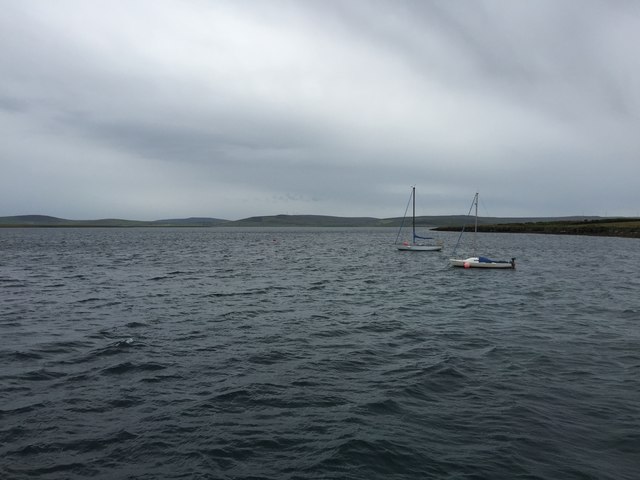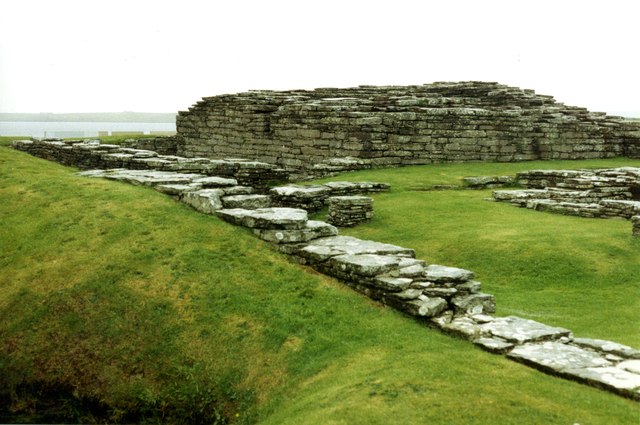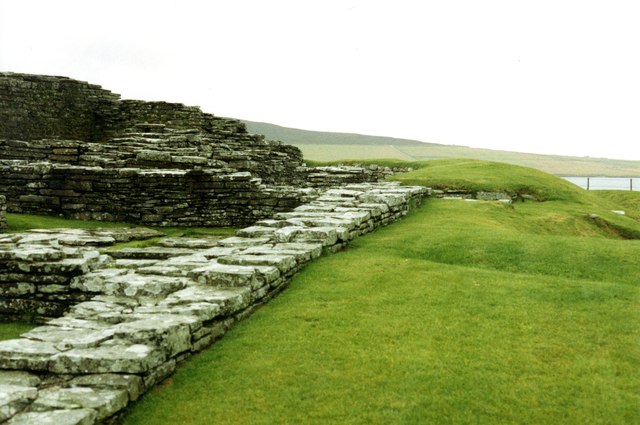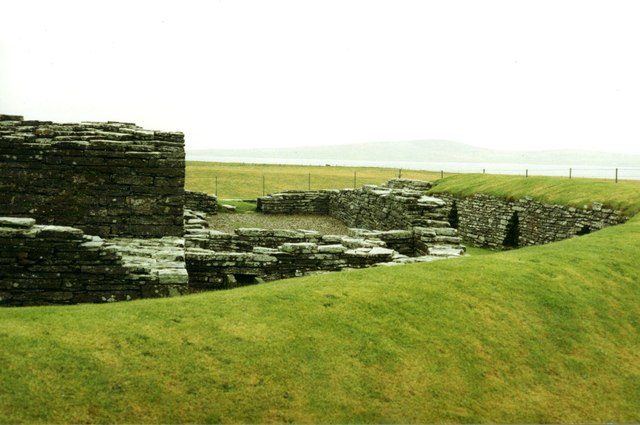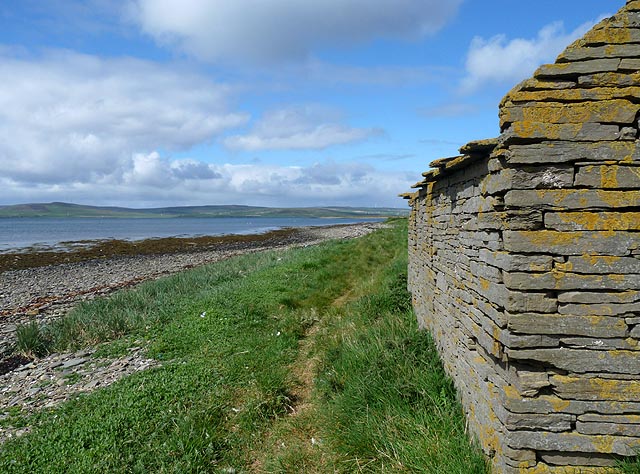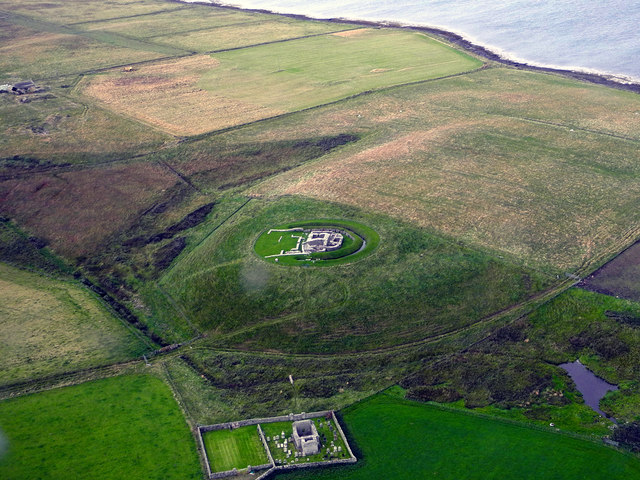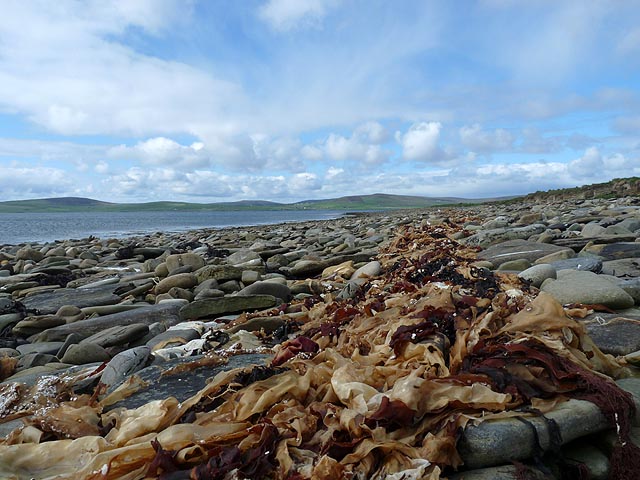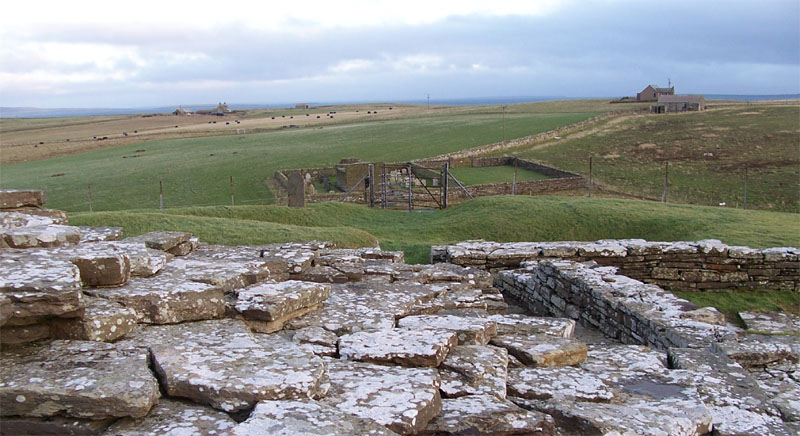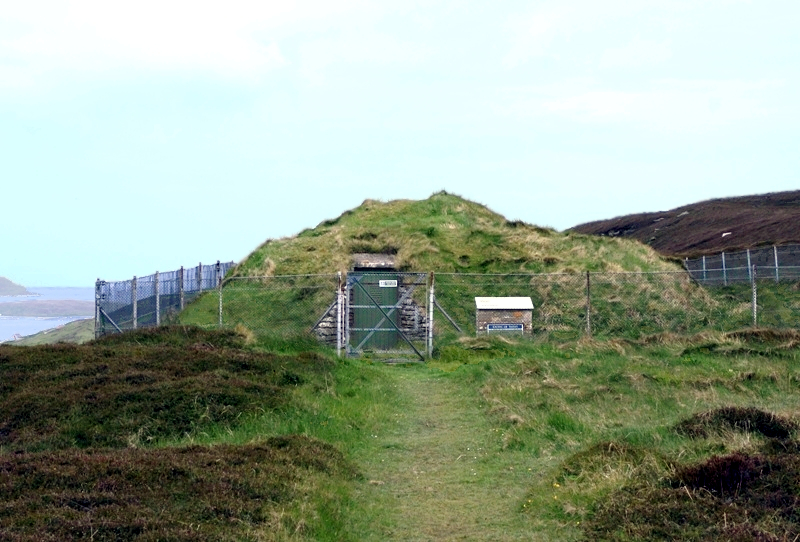Point of Nichol's Croo
Coastal Feature, Headland, Point in Orkney
Scotland
Point of Nichol's Croo
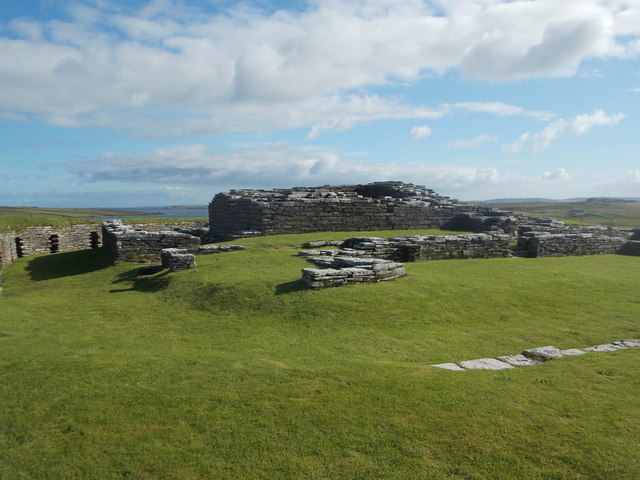
Point of Nichol's Croo is a prominent coastal feature located on the island of Orkney, Scotland. Situated on the western coast of the island, it is a headland that juts out into the North Atlantic Ocean. The point offers breathtaking views of the surrounding coastline and is known for its rugged and dramatic cliffs that drop steeply into the sea.
At around 100 meters high, the cliffs of Point of Nichol's Croo are composed of sandstone and are a popular attraction for hikers and nature enthusiasts. The area is home to a diverse range of bird species, including fulmars, kittiwakes, and guillemots, making it a haven for birdwatchers.
The point itself is accessible via a well-maintained footpath that winds its way along the cliff edge, providing visitors with the opportunity to explore the area's natural beauty up close. The path offers stunning panoramic views of the sea, with the possibility of spotting seals or even whales in the distance.
Point of Nichol's Croo also holds historical significance, with the remains of a World War II radar station still visible on the headland. This serves as a reminder of Orkney's strategic importance during the war and is of interest to history buffs and those interested in military architecture.
Overall, Point of Nichol's Croo is a captivating coastal feature that showcases Orkney's natural beauty, wildlife, and historical significance. It offers visitors a chance to immerse themselves in the stunning coastal landscapes and explore the area's rich heritage.
If you have any feedback on the listing, please let us know in the comments section below.
Point of Nichol's Croo Images
Images are sourced within 2km of 59.112165/-3.003949 or Grid Reference HY4225. Thanks to Geograph Open Source API. All images are credited.

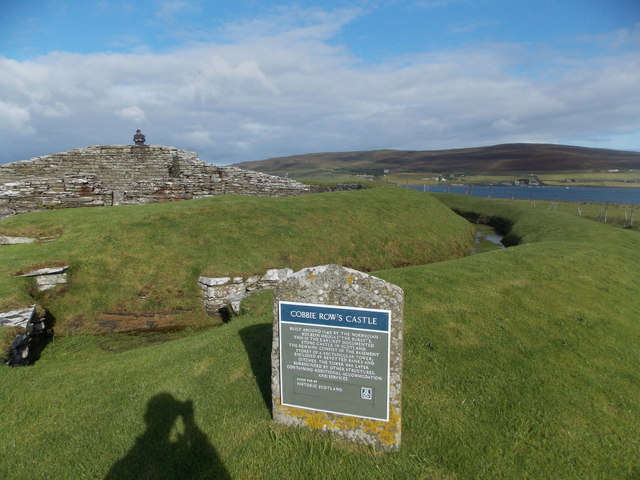
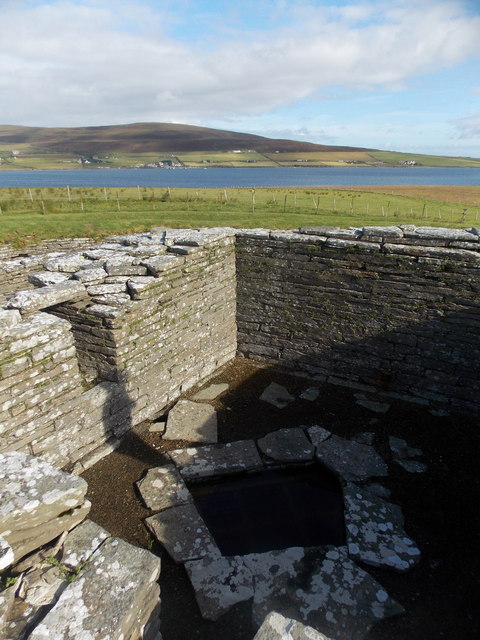
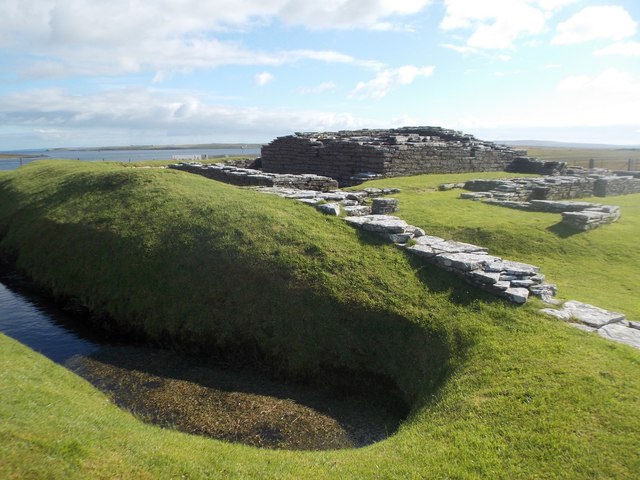

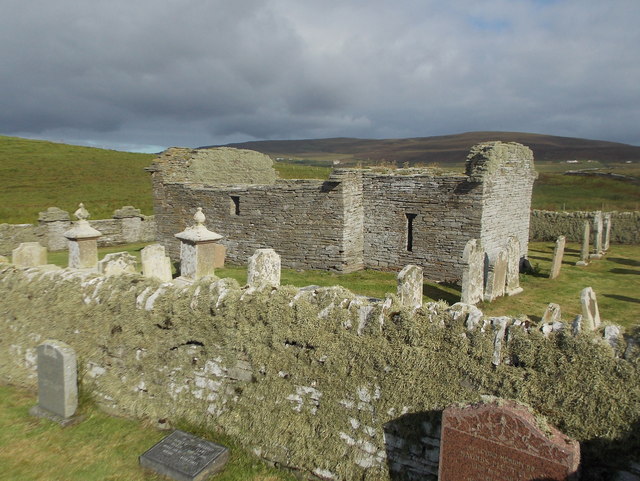
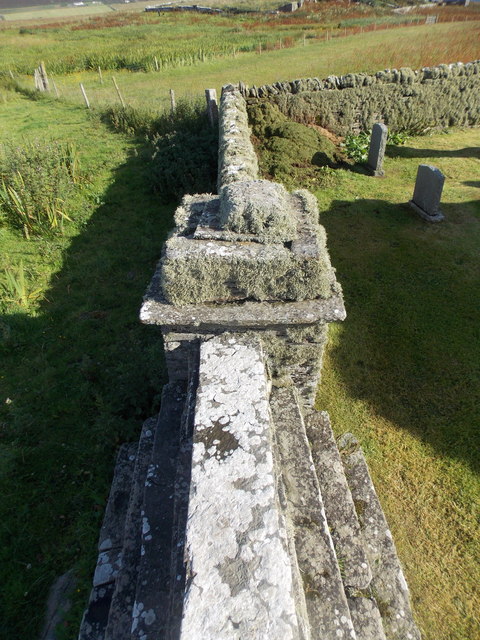
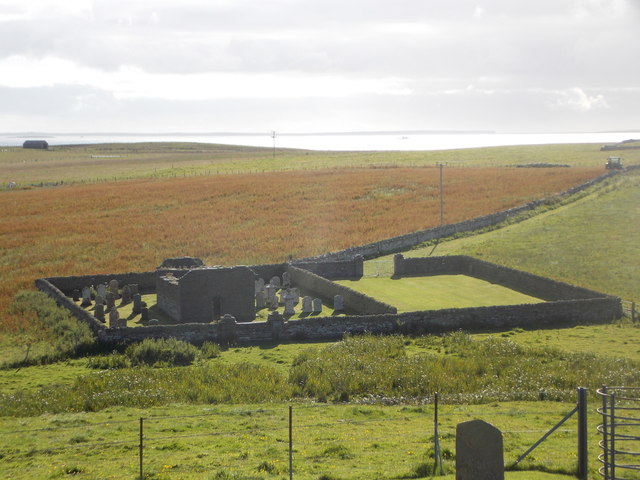
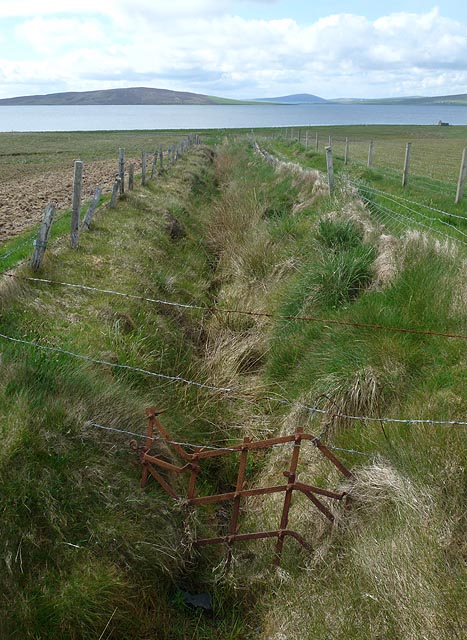

Point of Nichol's Croo is located at Grid Ref: HY4225 (Lat: 59.112165, Lng: -3.003949)
Unitary Authority: Orkney Islands
Police Authority: Highlands and Islands
What 3 Words
///avid.bonfires.hiring. Near Brinian, Orkney Islands
Nearby Locations
Related Wikis
Cobbie Row's Castle
Cobbie Row's (or Cubbie Roo's) Castle is the oldest medieval castle known to exist in Scotland. The castle ruins are located on the island of Wyre in Orkney...
St. Mary's Chapel, Wyre
St. Mary's Chapel is a ruined 12th century chapel found on the island of Wyre, in Orkney, Scotland. It is thought to have been built by a Norse chieftain...
Taversöe Tuick
Taversöe Tuick (or Taversoe Tuick) is a Neolithic burial cairn on Rousay, Orkney, Scotland, thought to date from between 4000 and 2500 BCE. The monument...
Wyre, Orkney
Wyre (historically known as Viera and Veira) is one of the Orkney Islands, lying south-east of Rousay. It is 311 hectares (1.20 sq mi) and 32 metres (105...
Brinian
Brinian is a village on the island of Rousay, in Orkney, Scotland. Trumland is situated to the west of the village, with Taversöe Tuick nearby. Brinian...
Trumland
Trumland is a Category B listed house and associated estate on Rousay, in Orkney, Scotland, built in its present form in the 1870s. Designed by David...
Blackhammer Chambered Cairn
Blackhammer Chambered Cairn is a Neolithic chambered cairn located on the island of Rousay, in Orkney, Scotland. The tomb, constructed around 3000 BC,...
Knowe of Yarso chambered cairn
Knowe of Yarso chambered cairn is a Neolithic burial monument located on the island of Rousay in Orkney, Scotland. The site was excavated in the 1930s...
Nearby Amenities
Located within 500m of 59.112165,-3.003949Have you been to Point of Nichol's Croo?
Leave your review of Point of Nichol's Croo below (or comments, questions and feedback).
